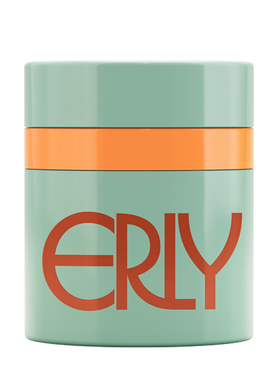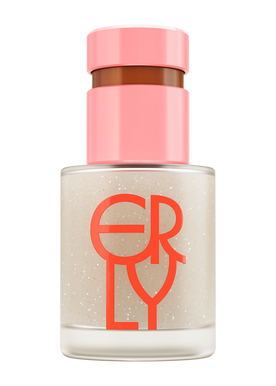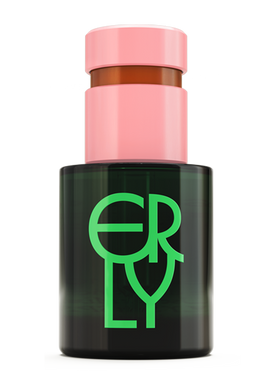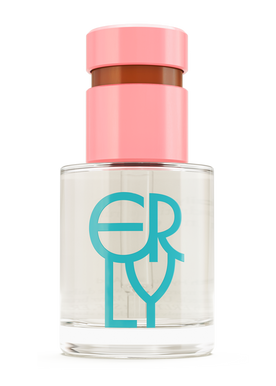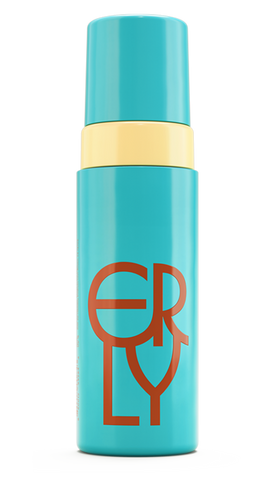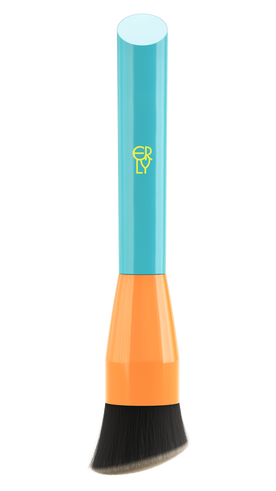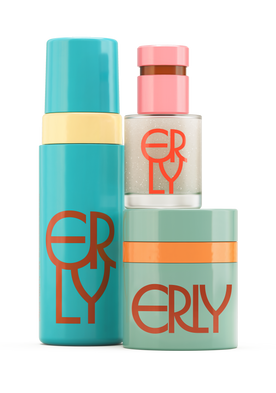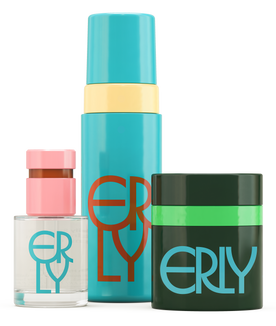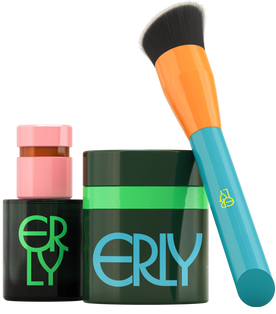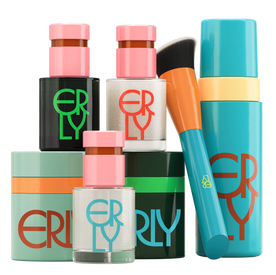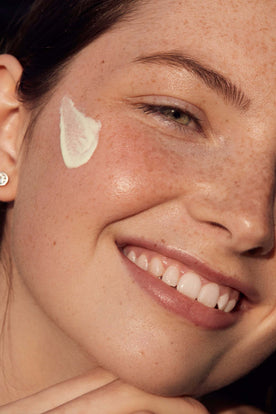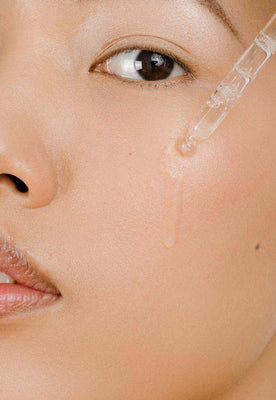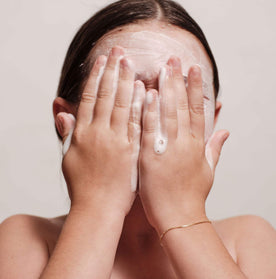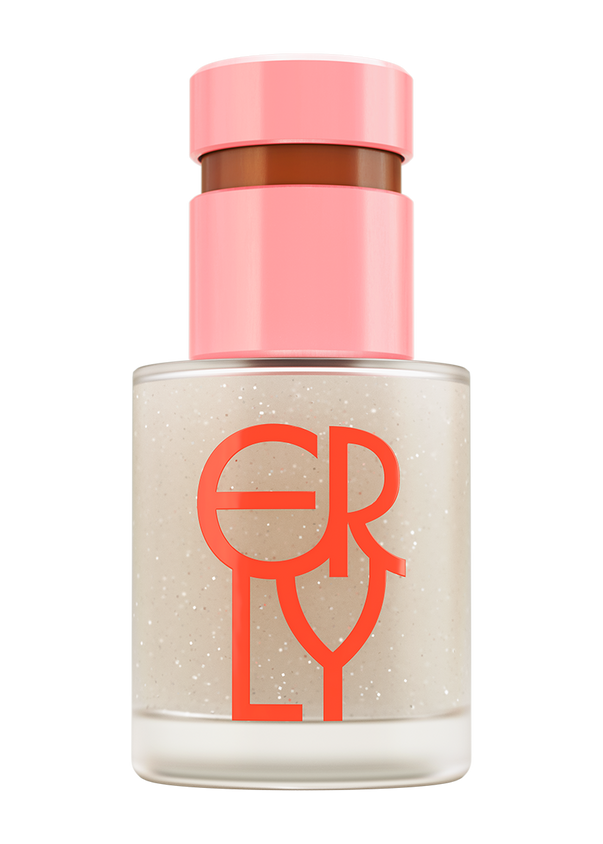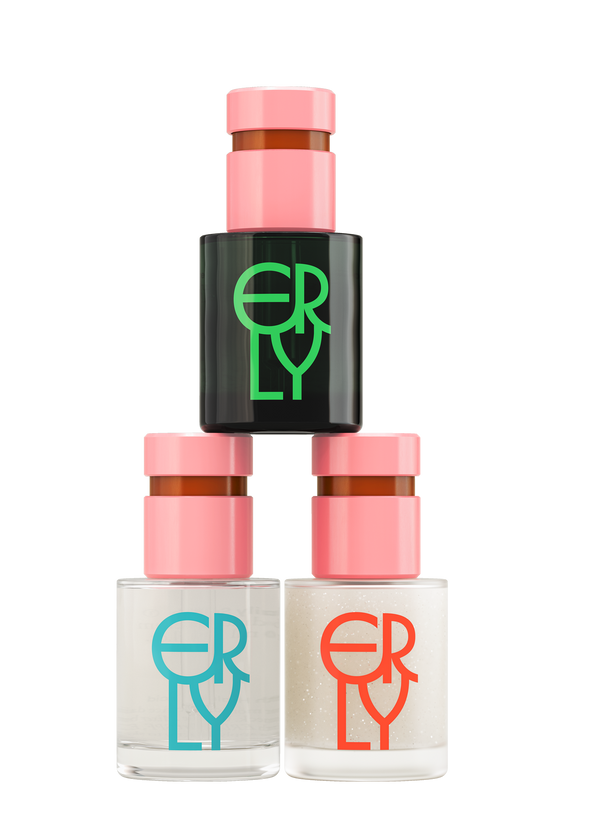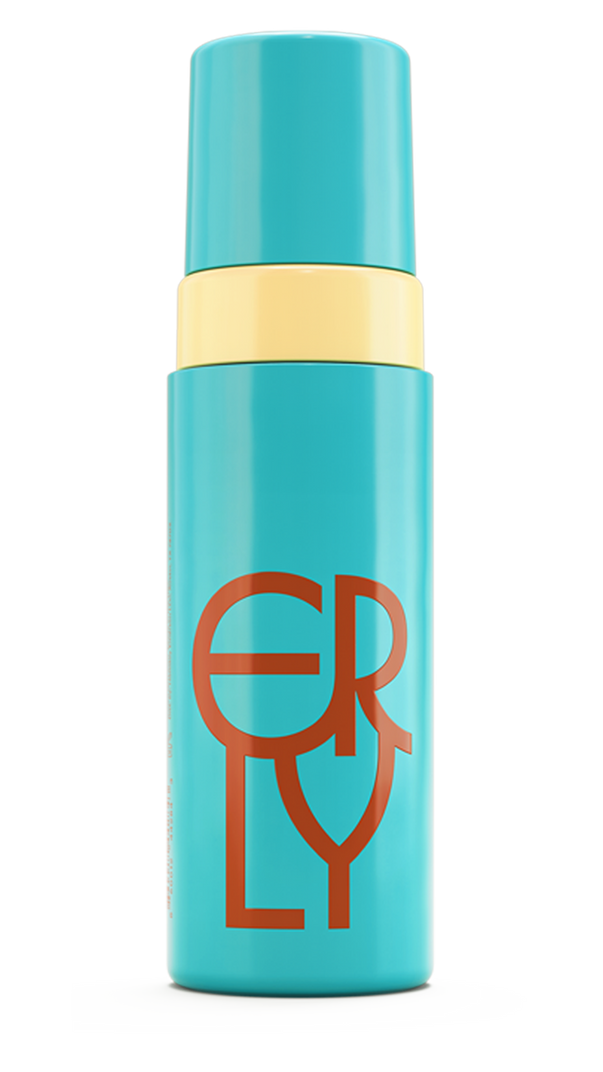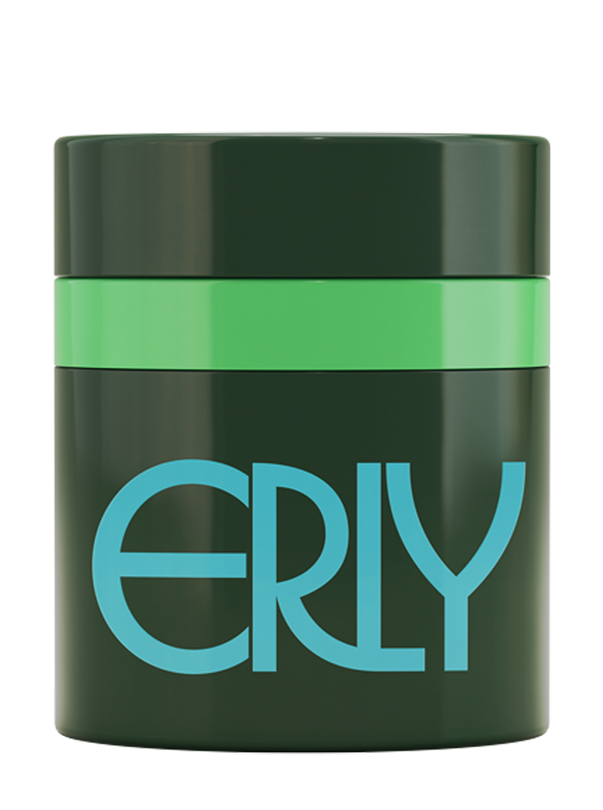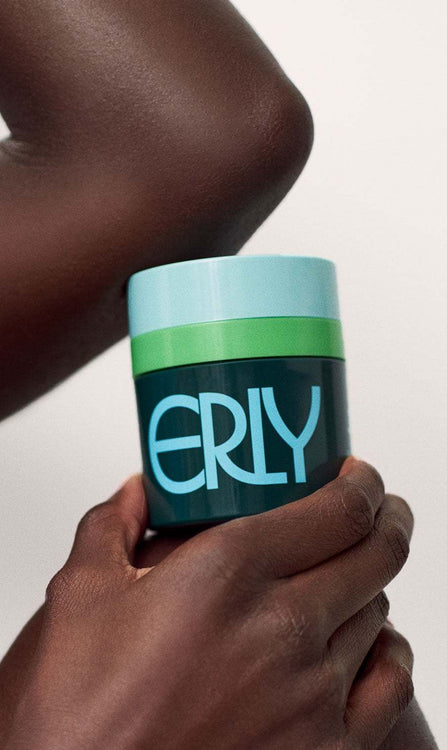You cannot always see it, but pollution is touching your skin every moment you are outside. Even indoors, particles from the environment find their way into the air you breathe and the air that moves across your face. While you might think of pollution as something that affects your lungs or overall health, the truth is that pollution affects skin. The good news is that daily protection and smart skincare choices can make a meaningful difference.
This guide explains how pollution affects the skin, what signs to watch for, and the steps you can take to protect your complexion. We will also share why ERLY Start with SPF is a powerful daily tool for defense.
What Counts as Pollution
Pollution is not a single thing. It is a mix of tiny particles and gases that come from traffic, smoke, industry, cooking, dust, and even ground level ozone. These pollutants are extremely small which means they can settle on the skin throughout the day. When this happens repeatedly, they can trigger a cycle of irritation and stress that eventually leads to visible changes.
Pollution is present in cities, suburbs, and rural areas. It is a common misconception that you only need to worry about it if you live near traffic or factories. Pollutants travel long distances and many indoor environments have higher concentrations than the outdoors. Because of this, understanding how pollution interacts with your skin is important for anyone who wants healthier, clearer, and calmer skin over time.
How Pollution Affects Skin
When pollutants land on the surface of the skin, they create stress in several ways.
First, pollution increases the number of free radicals on the skin. Free radicals are unstable molecules that damage healthy cells. When they build up, they cause oxidative stress which accelerates the breakdown of collagen. This can contribute to fine lines, loss of firmness, and overall dullness.
Second, pollution can disrupt the skin barrier. The barrier is the outermost layer of your skin and its job is to protect you. Pollution particles are small enough to settle into the pores and attach to proteins on the surface of the skin. Over time this can weaken the barrier and make the skin more reactive and sensitive.
Third, pollution is linked to inflammation. When your skin senses irritants, it responds with inflammation. A little inflammation is normal. Chronic inflammation is not. Repeated exposure to pollution can contribute to redness, uneven tone, and a rougher texture.
Finally, pollution can make discoloration more likely. Studies show that long term exposure to urban pollution correlates with more dark spots and overall uneven pigmentation.
Signs Your Skin Is Affected by Pollution
You may not immediately connect your symptoms to pollution, but your skin will give you clues. Common signs include:
• Dullness that does not improve even when you are well hydrated
• More noticeable fine lines or an overall tired look
• Increased redness or sensitivity
• More breakouts or clogged pores due to pollutants mixing with oils
• Dark spots that develop or deepen more quickly
• Rough or uneven texture
How to Protect Your Skin from Pollution
Step 1: Cleanse Thoroughly but Gently
Removing pollution from the skin starts with effective cleansing. Choose a gentle cleanser that removes surface debris without stripping your barrier. Cleansing at night is essential. If you live in a high pollution area or spend significant time outdoors, consider washing your face after coming home as well. A clean surface allows the rest of your routine to work more effectively.
Step 2: Strengthen Your Barrier
A healthy barrier is your best defense. Barrier supporting ingredients include hyaluronic acid, niacinamide, glycerin, and peptides. They improve hydration, reduce reactivity, and help your skin recover from environmental stress.
Step 3: Use Antioxidants
Antioxidants neutralize the free radicals generated by pollution. Even without strong actives like high percentage vitamin C, calming antioxidants such as niacinamide in Daily Dew and Daily Soothe and vitamin E help keep your skin balanced and less reactive.
Step 4: Wear Sunscreen Every Day
Sunlight interacts with pollution and amplifies its harmful effects. UV exposure increases free radicals which makes pollution related stress even stronger.
A mineral sunscreen like ERLY Start with SPF is ideal for everyday protection. It shields your skin from UV rays and forms a physical layer that helps prevent pollutants from sticking to the skin. ERLY Start with SPF includes zinc oxide and peptides, which means it offers both protection and barrier support. Using it daily significantly reduces the stress your skin experiences.
Step 5: Avoid Over Exfoliating
Over exfoliating weakens the barrier and makes the skin more vulnerable to pollution. Choose gentle routines and prioritize hydration and consistency instead of aggressive resurfacing.
Step 6: Hydrate Consistently
Hydrated skin is more resilient and better equipped to repair itself. Since pollution gradually dehydrates the skin, daily moisturization plays an essential role in maintaining balance and comfort.
Long Term Benefits of Pollution Protection
Protecting your skin from pollution is not a quick fix. It is a daily habit that accumulates benefits over time. With consistent protection, you will notice:
• Brighter and more even tone
• Smoother texture
• Less redness
• Fewer breakouts triggered by environmental buildup
• Slower development of fine lines
• A stronger and more comfortable barrier
Your skin is capable and resilient, and it performs even better when given the right support. Pollution is easy to overlook, but it is one of the most influential factors in long term skin health.
At ERLY, we believe in gentle routines and smart protection. ERLY Start with SPF is one of the simplest and most effective steps you can take to defend your skin from daily environmental stress. When paired with a gentle cleanser and barrier supportive hydration, your skin can stay brighter, calmer, and more resilient no matter your environment.
